Newly elected in 1960, Jean Lesage's Liberal government wanted to focus on culture in order to affirm Quebec's identity. This is why the Ministry of Cultural Affairs was created in 1961. Several grants were distributed to provide financial support to Quebec artists in the creation of their works. These measures brought about many changes to the art world in Quebec.
With this support, the arts community was able to contribute to the changes of the Quiet Revolution.
Quebec culture experienced a period of great excitement between 1960 and 1970. Cinema, theatre, music, literature and painting are all examples of art forms that contributed to the affirmation of Quebec's identity through the richness of its culture.These creations explored new approaches. They depicted people's everyday lives and highlighted the social concerns and identity issues of their time. Here are a few examples of Quebec’s artistic creations.
French-language songs achieved great success in Quebec, where many young emerging artists sang about their love for their province and their identity. These young Québécois singer-songwriters are called “chansonniers” and several big names in Quebec music emerged from this new artistic wave, such as:
- Gilles Vigneault
- Pauline Julien
- Robert Charlebois
- Claude Léveillé
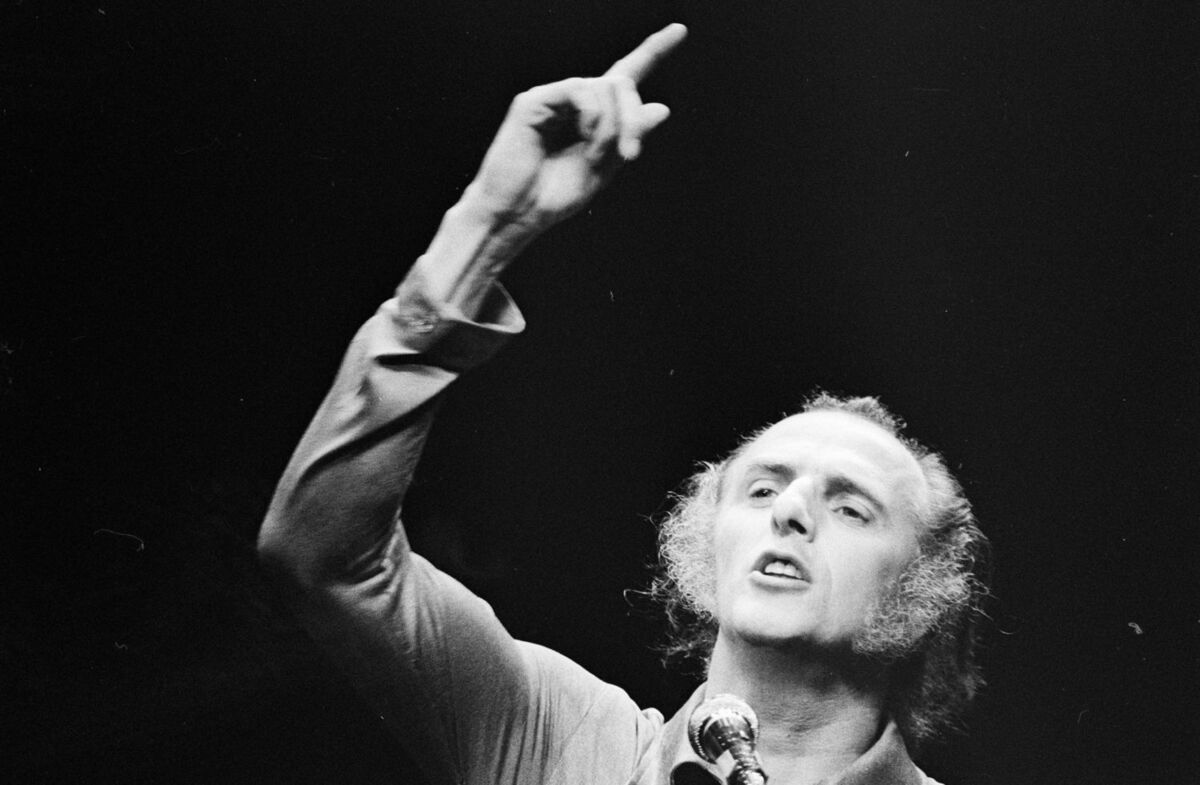
Gilles Vigneault played an important role in the emergence of French-language music in Quebec.
Source: Gilles Vigneault [Photograph], Desilets, Antoine, 1960-1976, Bibliothèque et Archives nationales du Québec, (URL). CC BY-NC-ND[1]
Quebec's special relationship with France has greatly contributed to the emergence of French-language music, both within and outside the province.
The L’Osstidcho was a show performed in Montreal in 1968. It brought together new artists, such as Yvon Deschamps and Robert Charlebois. This event was very popular and marked an important moment in Quebec culture. It explored new ways of doing things by boldly combining humour, song and theatre. L'Osstidcho became a symbol of the counterculture of the time.
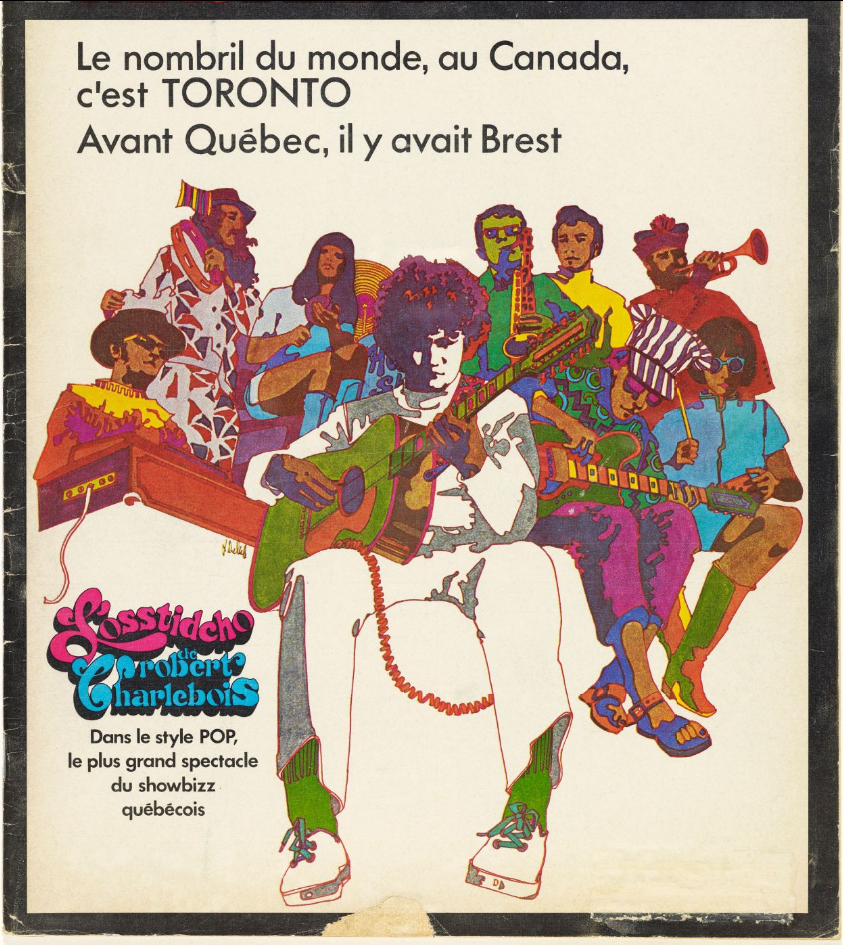
Source: « Première page », Le magazine Maclean [Image], Delisle, Jacques, November 1968, Bibliothèque et Archives nationales du Québec, (URL). Rights reserved*[2]
Counterculture is a movement that opposes the values and traditions of established society. It proposes new ways of thinking and living.
Michel Tremblay made his mark in 1968 by writing one of the most influential plays of the era: Les Belles-soeurs. This play was the first to use joual, a language specific to Quebec culture that had not previously been used on stage.
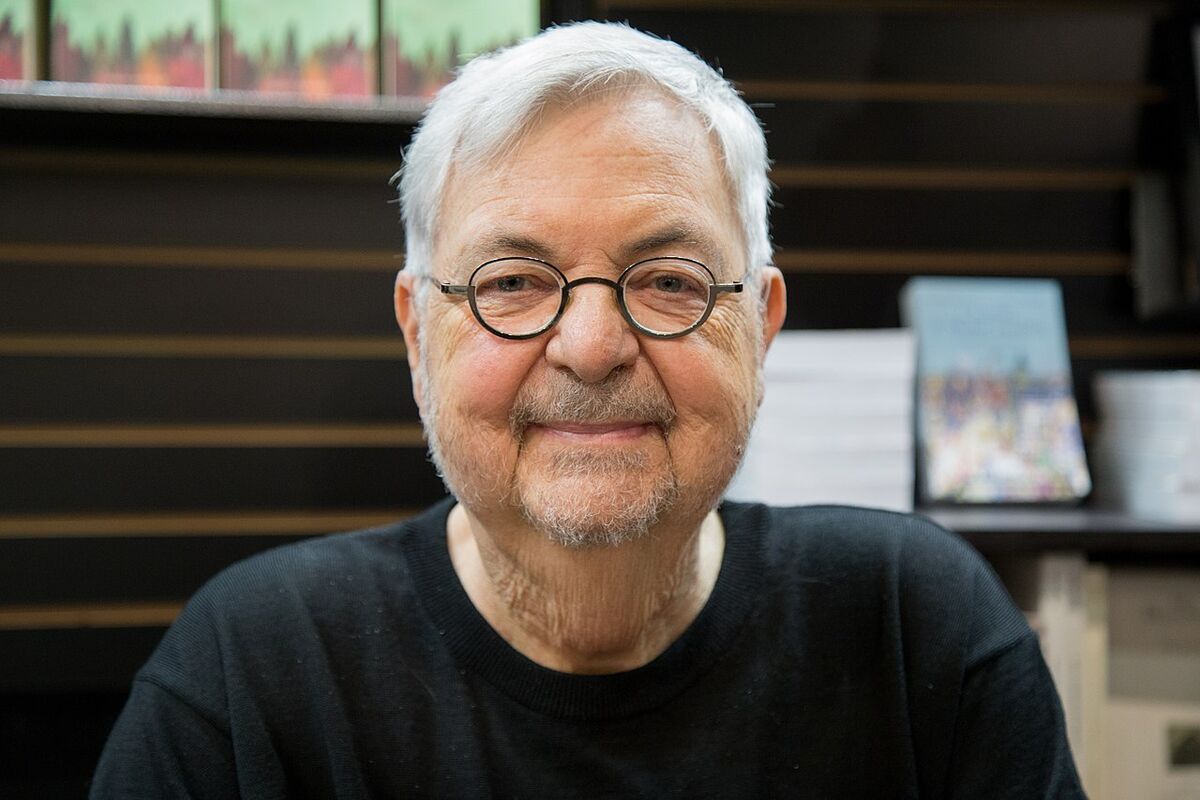
Source: Michel Tremblay lors du Salon du livre de Montréal 2017 à la Place Bonaventure [Photograph], Châteauneuf, Lëa-Kim, 2017, 17 November, Wikimedia Commons, (URL). CC 4.0 BY-SA[3]
Quebec cinema during this period often explored social issues and changes.
The movie Pour la suite du monde is a unique documentary that shows the life and traditions of an isolated community in Quebec. Released in 1962, it was directed by Michel Brault and Pierre Perrault. It depicts a way of life that was disappearing. The film allowed Quebecers to see themselves on screen and reflect on their roots and identity at a time when society was quickly changing. It also marked the emergence of an authentic Quebec cinema, capable of telling its own stories and showing the reality of its people.
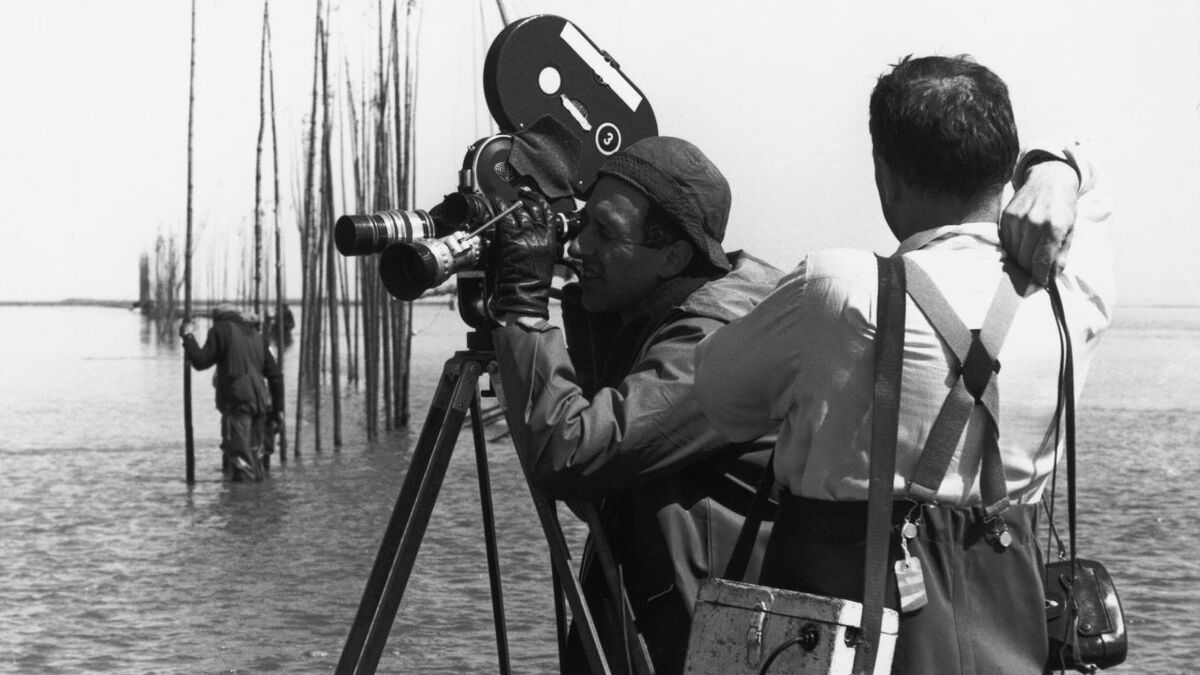
Source: Pour la suite du monde [Image], Office national du film du Canada, (n.d.), (URL). Rights reserved* [4]
The Quiet Revolution profoundly transformed Quebec literature. Authors began to explore new themes, moving away from tradition to depict modern society.
The poetry collection L'homme rapaillé (1970), written by Gaston Miron, is a very important book from the Quiet Revolution. This book became a powerful symbol of Quebec identity. Through his poems, Miron expressed a people's desire to come together, understand each other and assert themselves. He spoke of past struggles, the power of the French language and hope for the future of Quebec. L'homme rapaillé gave a powerful voice to the nationalist and cultural movement of the time, helping Québécois become aware of their own history and value.
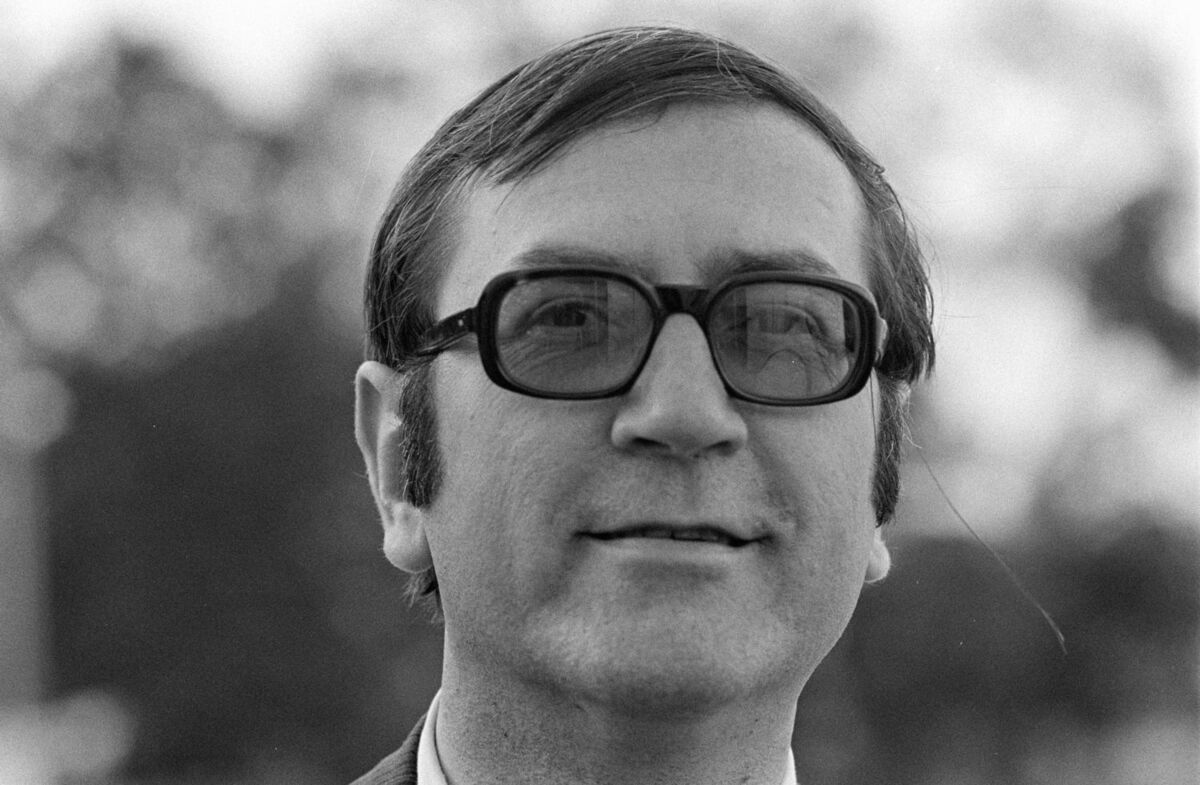
Source: Gaston Miron [Photograph], Desilets, Antoine, 1960-1970, Bibliothèque et Archives nationales du Québec, (URL). CC BY-NC-ND[5]
To support the emergence of these new artistic movements, the Quebec government invested in venues to facilitate public access to these new works. As a result, several performance halls were built and many modern works were displayed in public facilities. The government wanted to make art more accessible to everyone, for example, by incorporating original works into places such as the Montreal metro system. In addition, technologies, such as radio and television, which were becoming increasingly popular, made it possible to broadcast new Quebec artistic creations to a wider audience.
Opened in 1963 in Montreal, the Grande Salle at Place des Arts (now called Salle Wilfrid-Pelletier) allows many artists to perform in front of large audiences.
Source: Place des Arts, Montréal [Photograph], Jeangagnon, 2012, August 11, Wikipedia. (URL). CC 3.0[6]
Expo 67 was a major world fair held in Montreal in 1967. Under the theme “Man and His World,” it attracted millions of visitors from around the world and showcased the advances made by many countries. This event was very important for Quebec and its culture: it showed the world the dynamism and modernity of Montreal and Quebec society. Expo 67 enabled Quebec to open onto the international scene and proudly assert its own identity and its ability to organize major events.
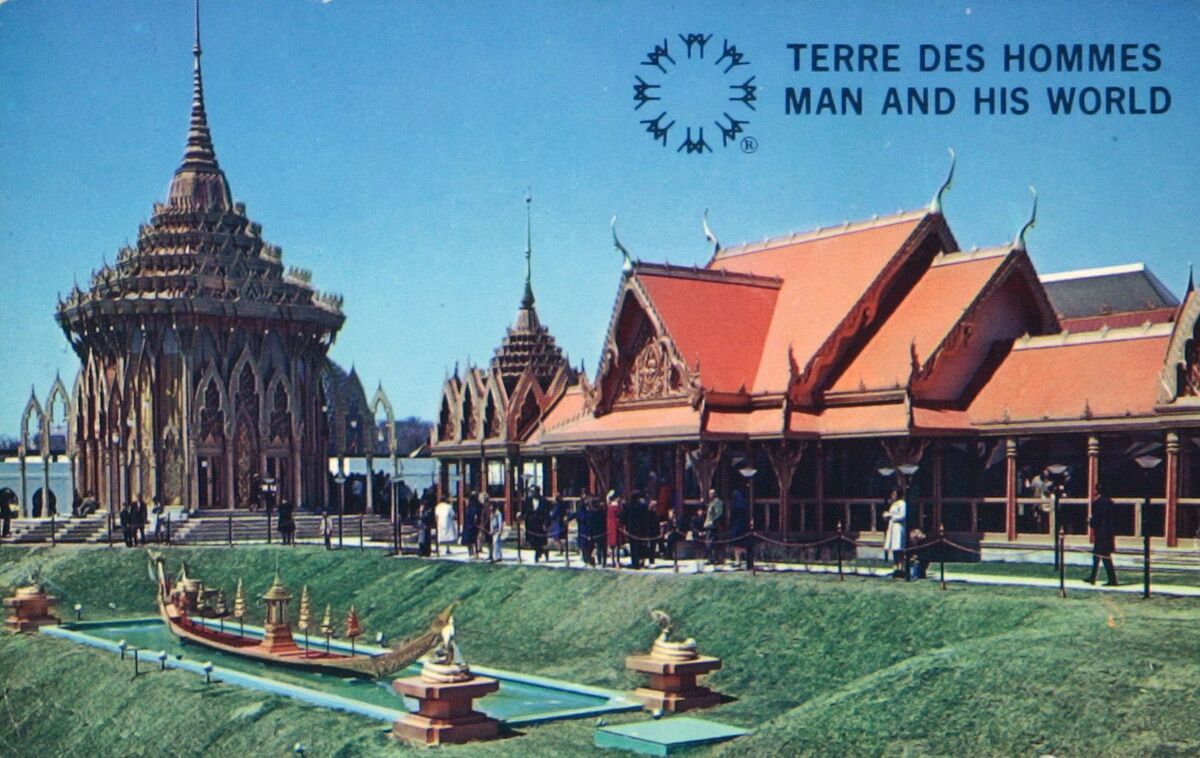
The image shows the Thailand Pavilion, the Czechoslovakia Pavilion and the Ontario Pavilion.
Source: Expo 67 à Montréal : Terre des Hommes [Photograph], Les Messageries de Presse Benjamin Ltée, 1967, Bibliothèque et Archives nationales du Québec. (URL) Rights reserved* [7]
- Desilets, Antoine. (1960-1976). Gilles Vigneault [Photograph]. Bibliothèque et Archives nationales du Québec. (URL). CC BY-NC-ND
- Delisle, Jacques. (November 1968). « Première page », Le magazine Maclean [Image]. Bibliothèque et Archives nationales du Québec. (URL).*
- Châteauneuf, Lëa-Kim. (November 17, 2017,). Michel Tremblay lors du Salon du livre de Montréal 2017 à la Place Bonaventure [Photograph]. Wikimedia Commons. (URL). CC 4.0 BY-SA
- Office national du film du Canada. (n.d.). Pour la suite du monde [Image]. (URL).*
- Desilets, Antoine. (1960-1970). Gaston Miron [Photograph]. Bibliothèque et Archives nationales du Québec. (URL). CC BY-NC-ND
- Jeangagnon. (2012, August 11). Place des Arts, Montréal [Photograph]. Wikipedia. (URL). CC 3.0
- Les Messageries de Presse Benjamin Ltée. (1967). Expo 67 à Montréal : Terre des Hommes [Photograph]. Bibliothèque et Archives nationales du Québec. (URL).*
*Content used by Alloprof in compliance with the Copyright Act in the context of fair use for educational purposes. [https://laws-lois.justice.gc.ca/eng/acts/c-42/page-9.html].